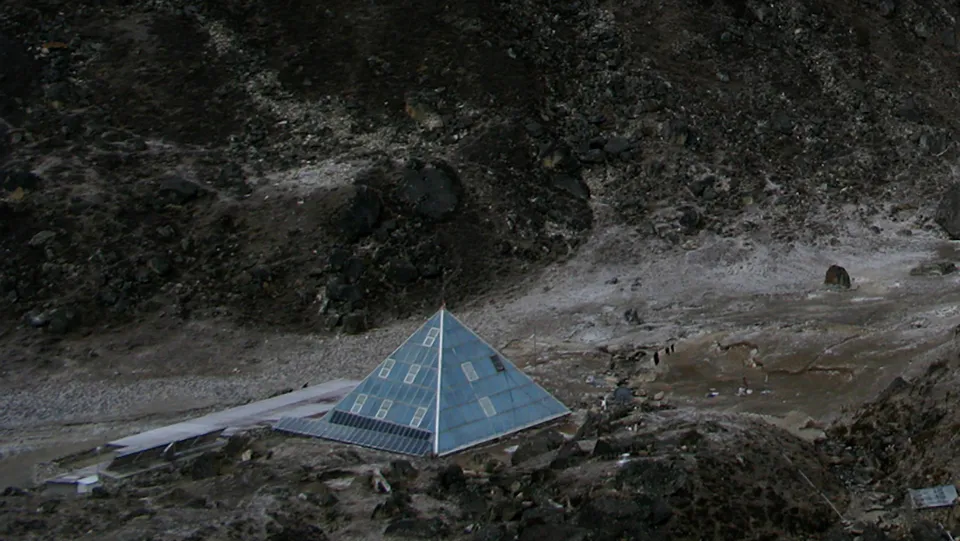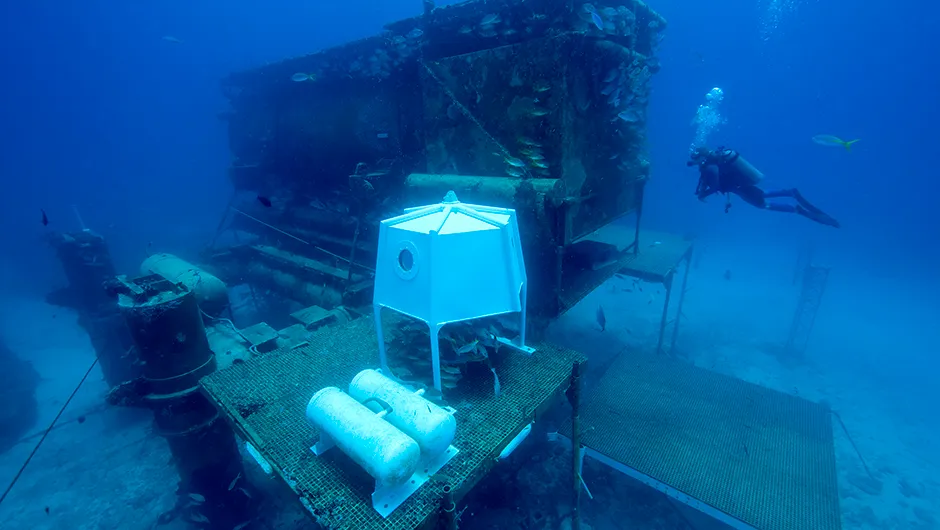1
Highest
- A research centre might be the last thing you expect to see when climbing the Nepalese Himalayas, but that’s precisely where the Pyramid Laboratory can be found.
- Perched 5050m above sea level, it is the flagship for high altitude research and has hosted over 550 research missions since opening in 1990.

- Owned by the Ev-K2-CNR Committee, which promotes research in mountain areas, the centre aims to use its knowledge to ensure a better quality of life for native populations around the world and safeguard fragile, high altitude ecosystems.
2
Windiest
- Creating speed at Mach 30 – that’s about 30 times the speed of sound – the LENS-X wind tunnel at the Calspan University of Buffalo Research Centre, New York, packs a punch when it comes to airflow.
- At 2.5m wide and over 30m long, it only ‘blows’ for two milliseconds at its most powerful, generating 18 metres of airflow. The facility, which can test missiles and scaled-down aircraft, has even been used to run tests for NASA’s Orion spacecraft.
3
Most pressurised
- The Aquarius in Key Largo, Florida is a dedicated underwater research laboratory able to house six researchers for up to two weeks.

- Though based at a depth of 20 metres, the working platform at 14m is subject to around 2.5 times the pressure at the surface. And you can forget the measly couple of hours diving time you’d usually get if starting from the sea surface – Aquarius residents can dive for up to nine hours at 30m.
Follow Science Focus onTwitter,Facebook, Instagramand Flipboard